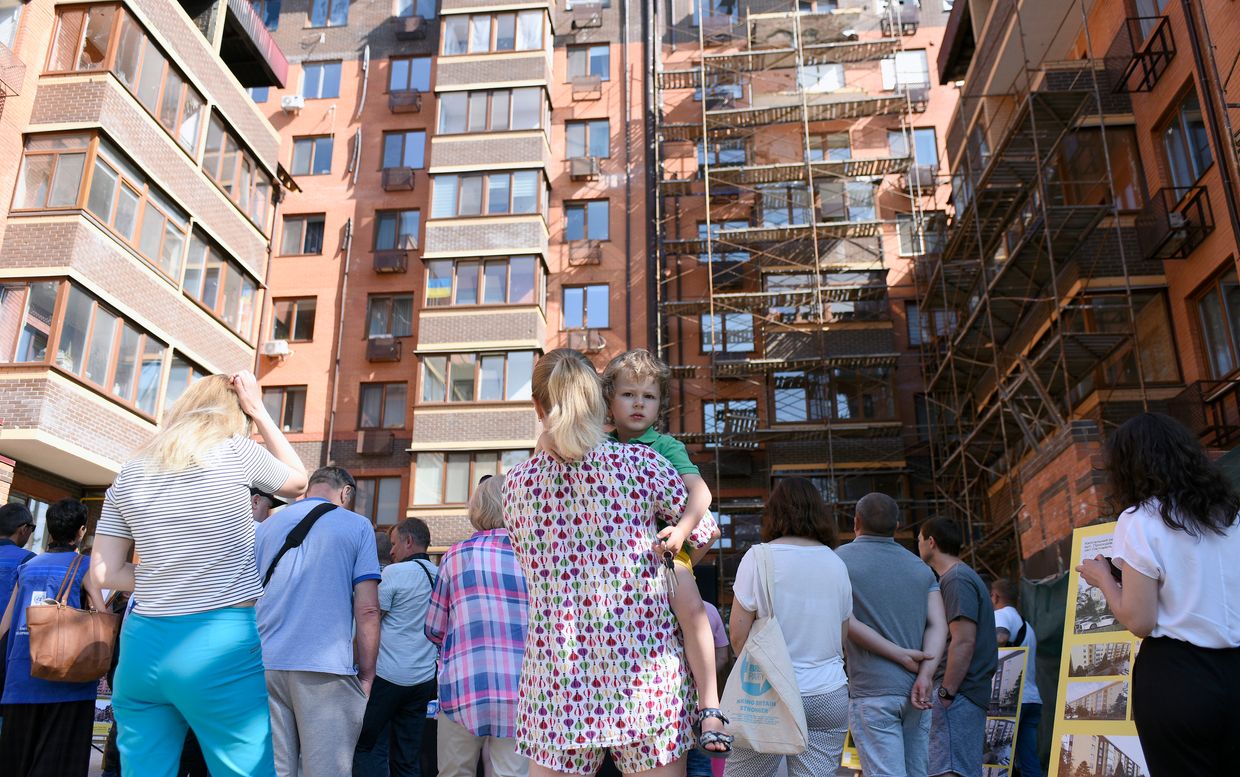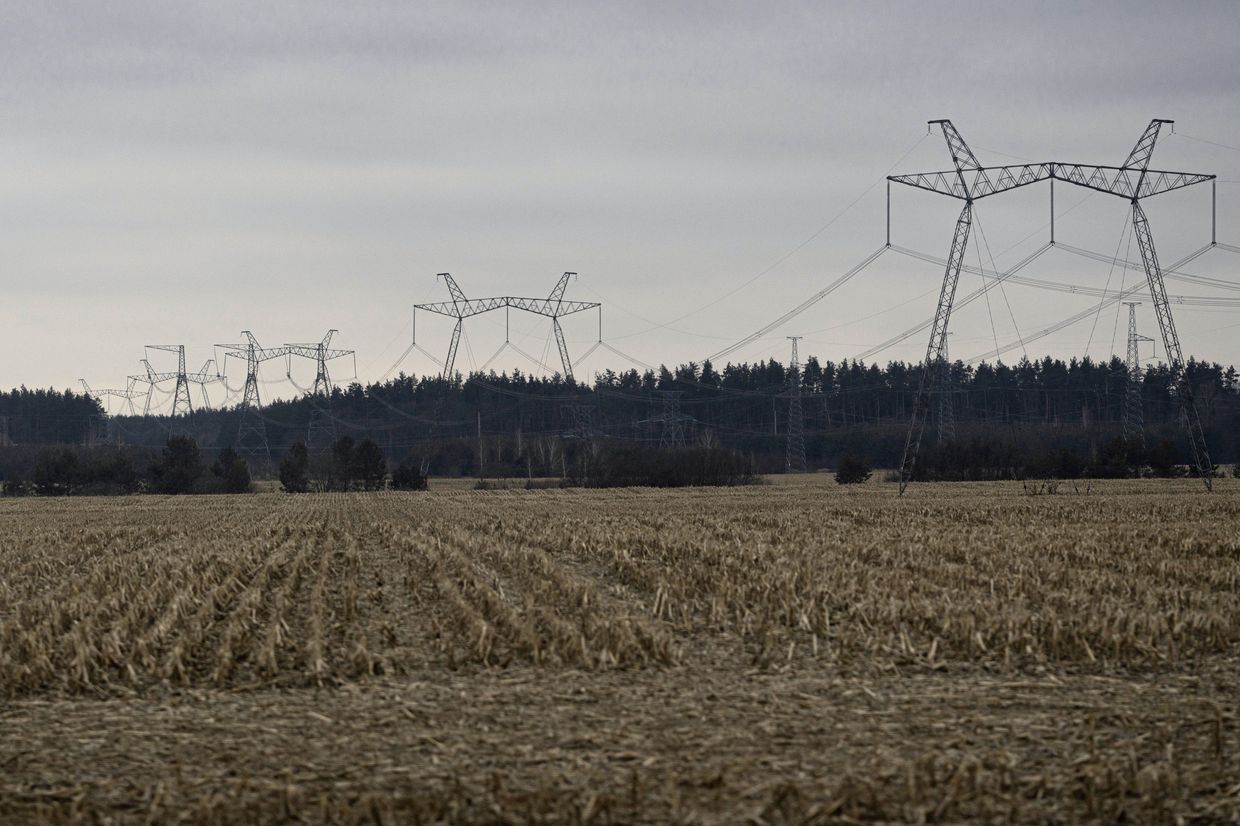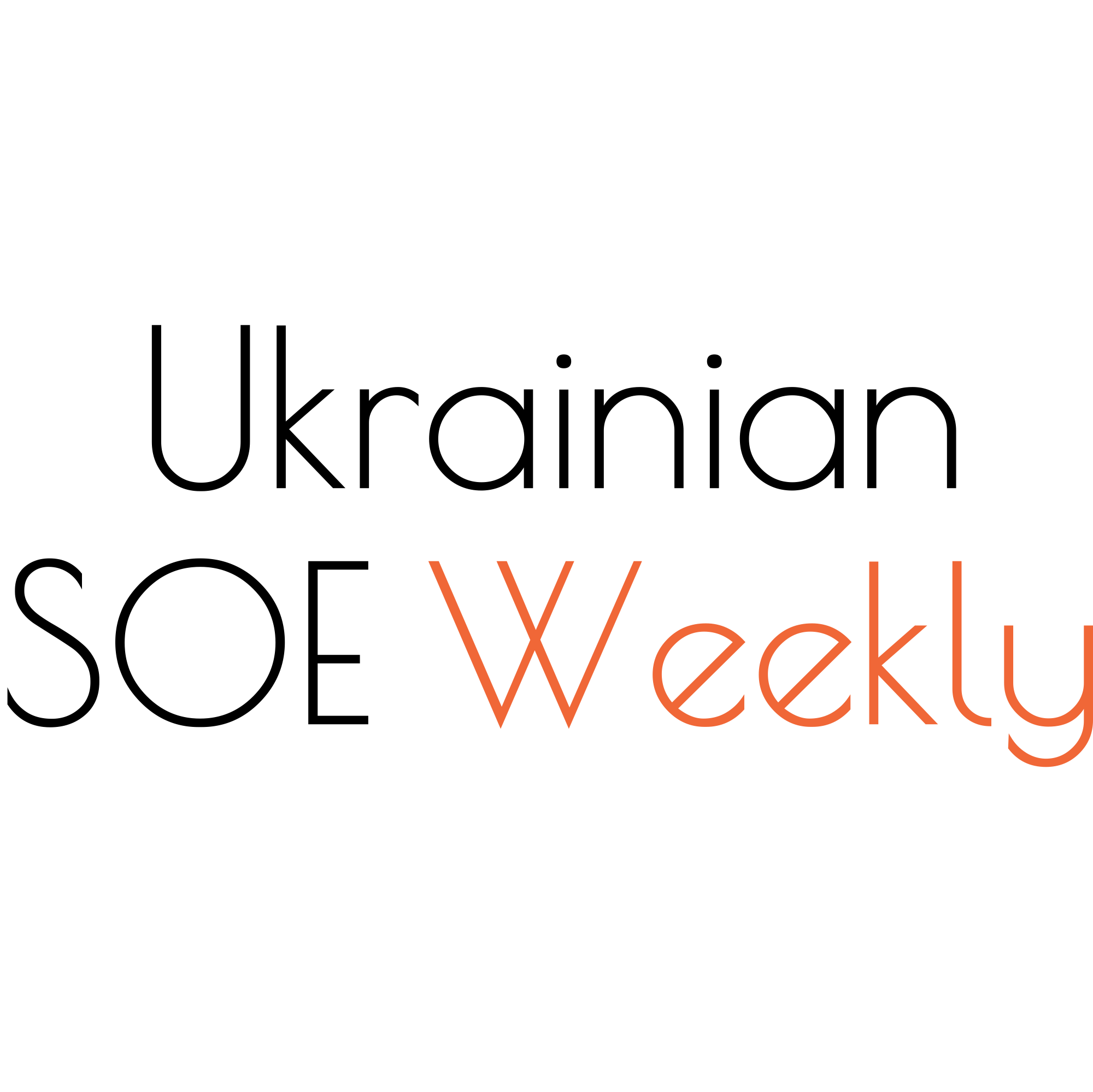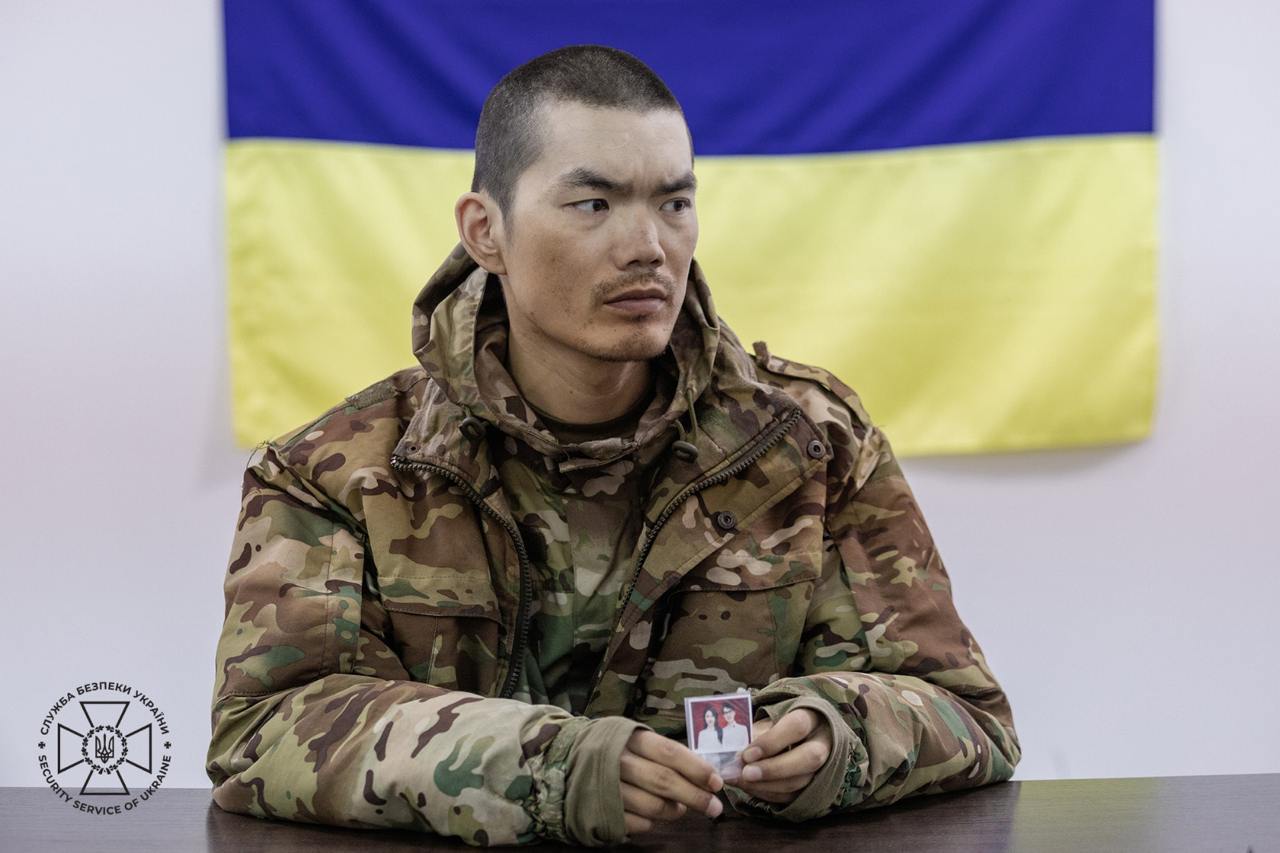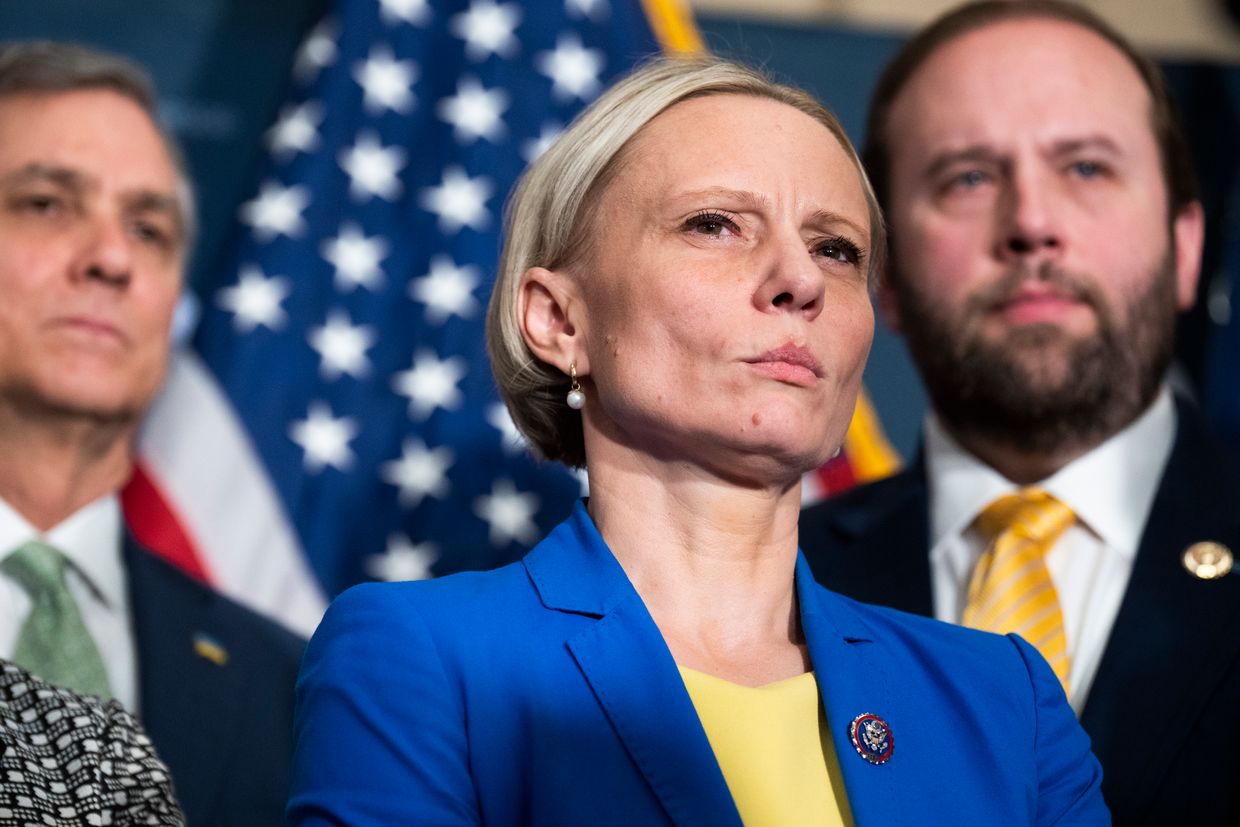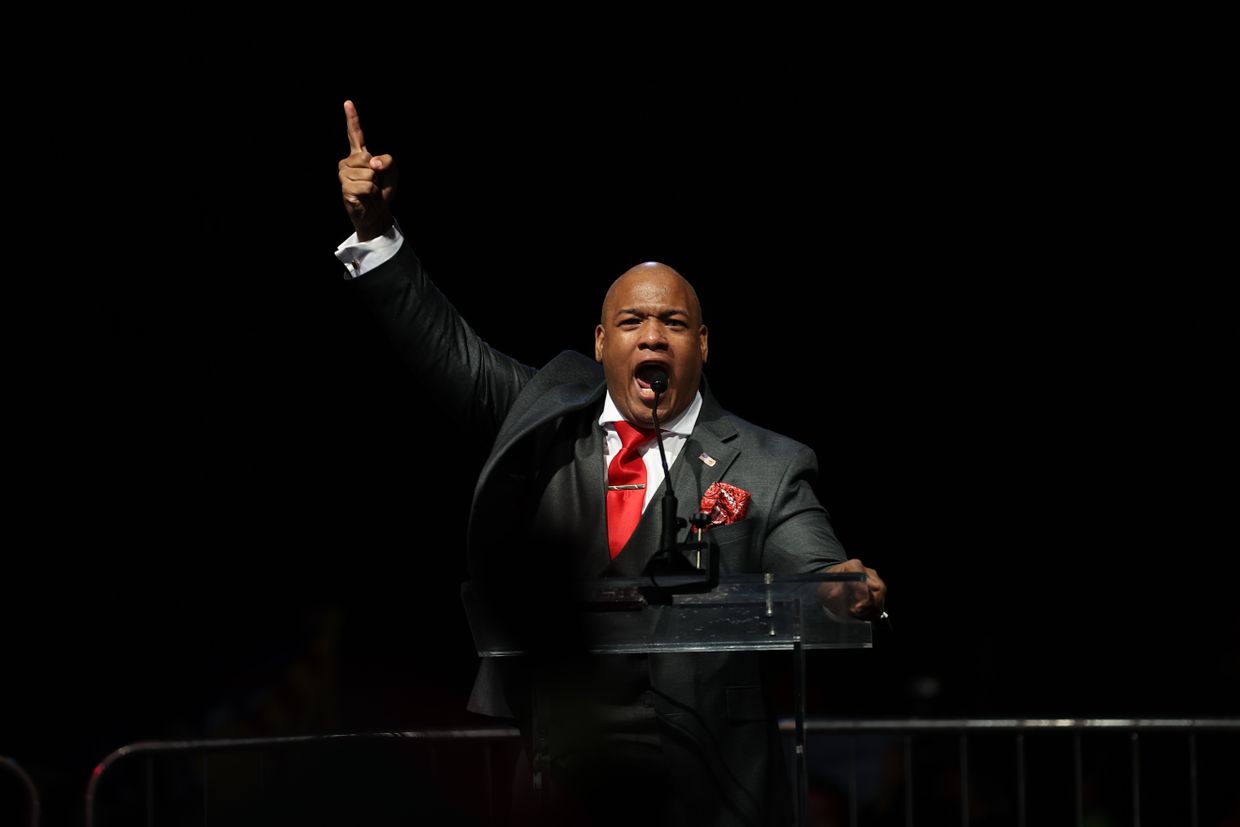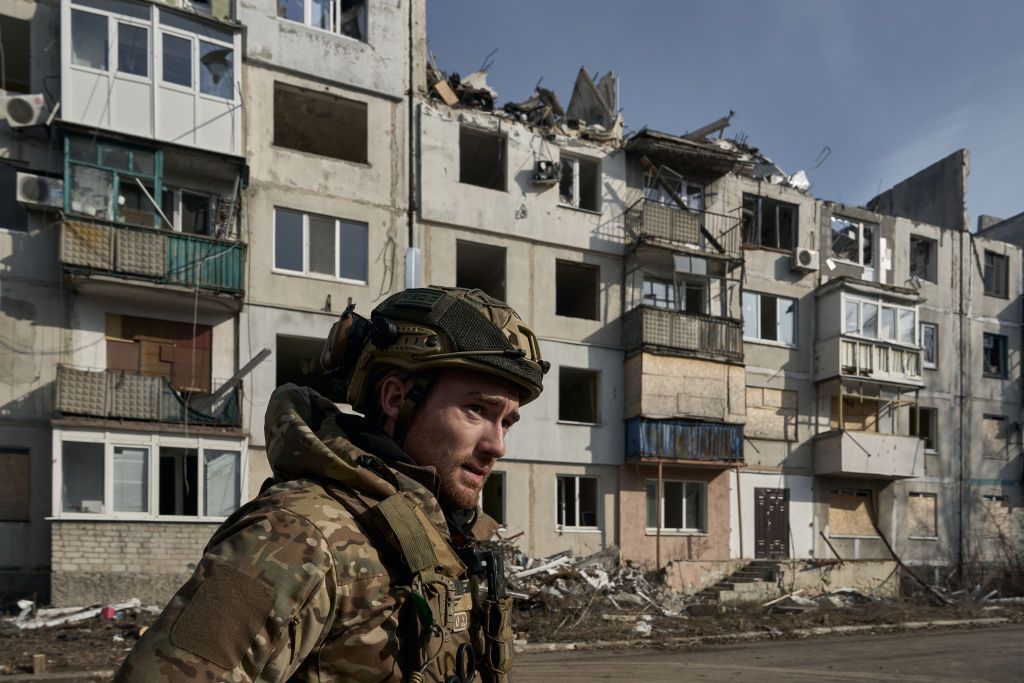Editor’s Note: This is issue 135 of Ukrainian State-Owned Enterprises Weekly, covering events from June 2-8, 2024. The Kyiv Independent is reposting it with permission.
The Cabinet approved the Reforms Matrix based on international partners’ recommendations on June 4. According to Prime Minister Denys Shmyhal, more than 200 reforms are planned for 2024. To monitor implementation, the Cabinet’s decision also defined 400 indicators and launched a special website for tracking progress.
The Reforms Matrix consists of four structural documents: the European Commission’s Recommendations for Ukraine’s EU candidate status, the International Monetary Fund's program conditions, the Ukraine Plan under the EU’s Ukraine Facility, and the conditions of the World Bank’s Development Policy Loan.
We selected the key reforms on SOEs and state-owned banks with a deadline of the end of 2024:
- The law on corporate governance of SOEs (Draft Law No. 5593-d) must come into force: Q2 2024 (completed).
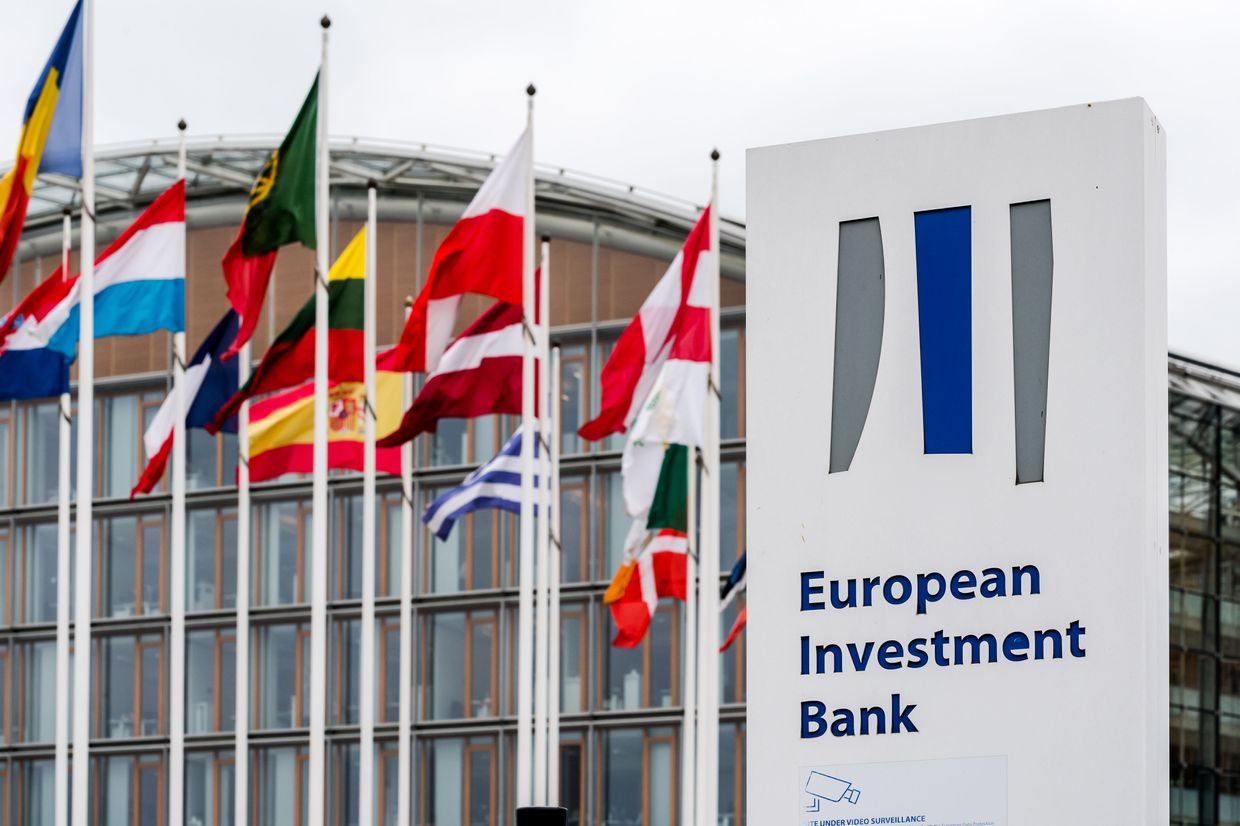
On Feb. 22, the Verkhovna Rada passed the second reading of Draft Law No. 5593-d, aligning the SOE corporate governance framework with the OECD Guidelines for SOEs. See our Issues 120 and 122 for more detail on this law.
- Legislation to improve the bankruptcy and insolvency regime must come into force: Q4 2024 (in progress).
- Ensure independence of the National Energy and Utilities Regulatory Commission (NEURC): Q4 2024 (in progress).
- Produce a state ownership policy for SOEs, dividend policy, and privatization strategy (Q3 2024, in progress), followed by the adoption, publication, and implementation of the state ownership policy and the “triage” of SOEs (Q4 2024).
As we reported in Issue 117, Ukraine’s key commitments under the updated IMF Memorandum (as of Dec. 11, 2023) include a comprehensive state ownership policy, dividend policy, and privatization strategy – Structural Benchmark, end-August 2024.
- Prepare a banks’ recovery mechanism in consultation with the Individuals Deposit Guarantee Fund (DGF) and the IMF: Q4 2024 (not done).
Cabinet appoints Perelygin as UMCC’s acting CEO. Prior to the June 4 appointment, Yegor Perelygin served as first deputy CEO of United Mining and Chemical Company (UMCC).
As we wrote in Issue 33 three years ago, the UMCC privatization auction was scheduled to take place on Aug. 31, 2021. Later, in SOE Weekly’s Issue 41, we reported that the State Property Fund of Ukraine (SPFU) cancelled that auction because it only had one qualified bidder.
The media published a list of participants allegedly interested in UMCC assets. Some of them said that the asset was not well prepared for privatization, and they did not consider the auction terms fair. Others claimed that the starting price was inadequate. It was reportedly impossible to estimate the company’s mineral deposits.
The SPFU’s auction commission set Oct. 29, 2021 as the new auction date, but that auction was also cancelled (see Issue 49 for more). So was the following auction on 20 December 2021 (see Issue 57 for detail).
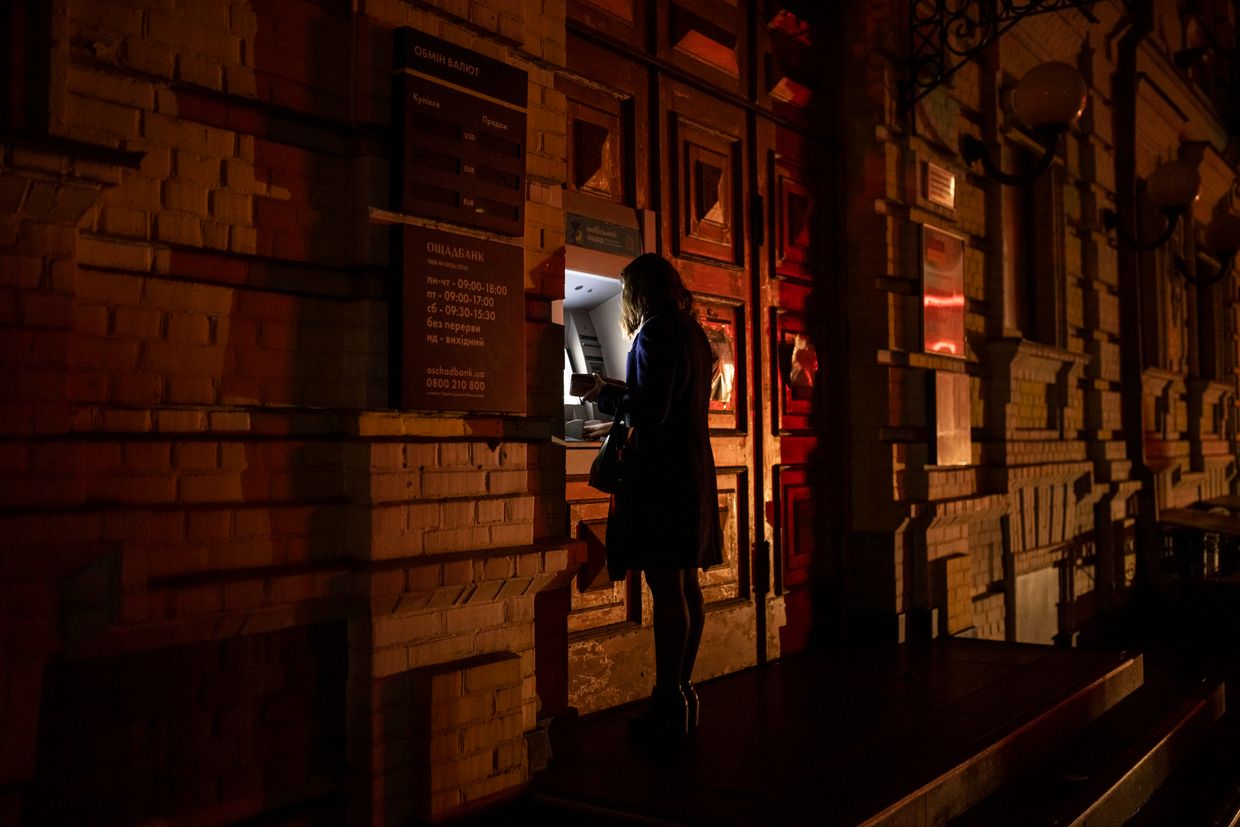
In Issue 105, we reported that the SPFU changed UMCC’s executive board, dismissing first deputy CEO Yaroslava Maksymenko and replacing her with Yegor Perelygin in September 2023.
As we reported in Issue 106, the SPFU planned for UMCC to be one of the first large companies to be privatised. The starting price would be determined with BDO Corporate Finance, the SPFU’s advisor on the privatization of UMCC.
However, as we wrote in Issue 109, then acting head of the SPFU Oleksandr Fedoryshyn said later in October 2023 that the SPFU was going to offer investors to buy UMCC in a single package with Demurinsky Mining and Processing Plant.
Vitaliy Koval, the newly appointed head of the SPFU, confirmed this later in an interview (see our Issue 117).
In effect, this suggested that the SPFU’s previously announced plans to privatize UMCC as one of the first targets would be seriously delayed, if not put aside.
However, as we reported in Issue 133, the SPFU’s most recent communication on May 23 suggests that the Fund has discarded the idea of bundling UMCC and Demurinsky in a single lot.
See more on the previous attempts to sell UMCC in our Issues 33, 41, 49, 56, and 57.
As we wrote earlier, the SPFU auction commission determined the terms of UMCC’s privatization. The starting price is Hr 3.9 billion ($96 million). See Issue 133 for more detail.
The Ukrainian state owned 3,134 SOEs as of Jan. 1, the SOE Weekly team established after consulting the updated Unified Registry of State-Owned Objects.
There were 3,256 SOEs one year ago, as of Jan. 1, 2023. This implies that their number declined by 122 SOEs, or 3.7% of the total SOE portfolio, during 2023.
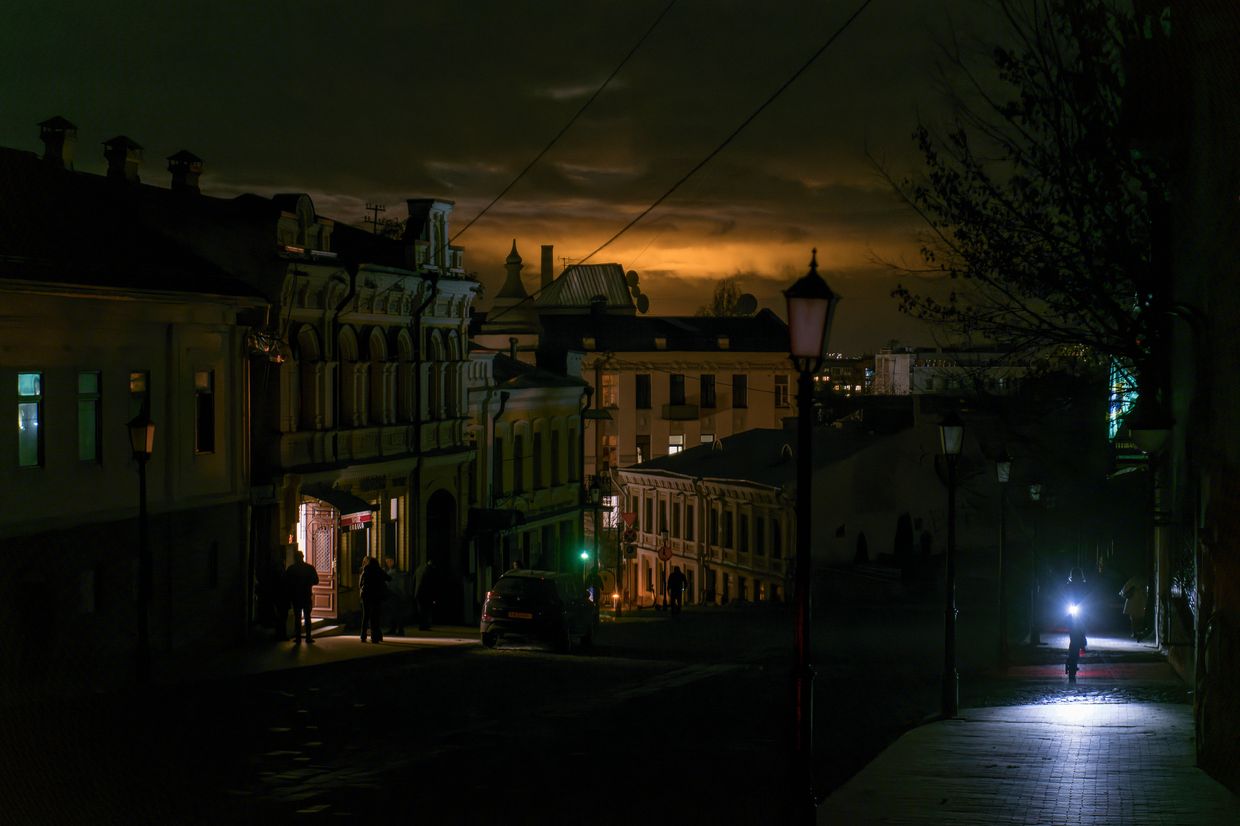
Note that this number does not include at least 14,000 enterprises owned by local authorities, for which no reliable statistics are available.
Also, the list does not seem to include subsidiaries of other SOEs. For example, we were unable to locate SOEs such as Ukrnafta or Ukrgazvydobuvannya, which belong to Naftogaz Group.
We are unaware if there are other state registries that include complete information on all SOEs. Creating one would be necessary to triage the SOEs, which the state plans to conduct by the fourth quarter of 2024, as part of the Ukraine Facility reform plan for 2024-2027.
The SOE Weekly team also analyzed the SOE list by legal status and ownership. 2,884 (92%) out of the 3,134 entities are registered as state unitary enterprises. There are 84 ownership entities.
Ukraine’s state institutions with most state-owned companies include:
- State Property Fund: 1,784;
- State Forest Resources Agency: 157;
- Justice Ministry: 130;
- Energy Ministry: 107;
- Communities, Territories and Infrastructure Development Ministry: 99;
- Defense Ministry: 96;
- National Academy of Sciences: 94;
- National Academy of Agrarian Sciences: 93; and
- Joint-Stock Company Ukrainian Defense Industry: 82.
Note that the State Property Fund of Ukraine (SPFU), which maintains the Unified Registry, has only published the names of SOEs, legal forms, and ownership entities for 2023. Data disclosed before Russia’s full-scale invasion also included information such as the EDRPOU code, location, main line of business, and financials.
The limitations may stem from wartime security measures. However, other indicators that do not include sensitive data (e.g., companies’ locations) could be published as well to enable public oversight of SOEs.
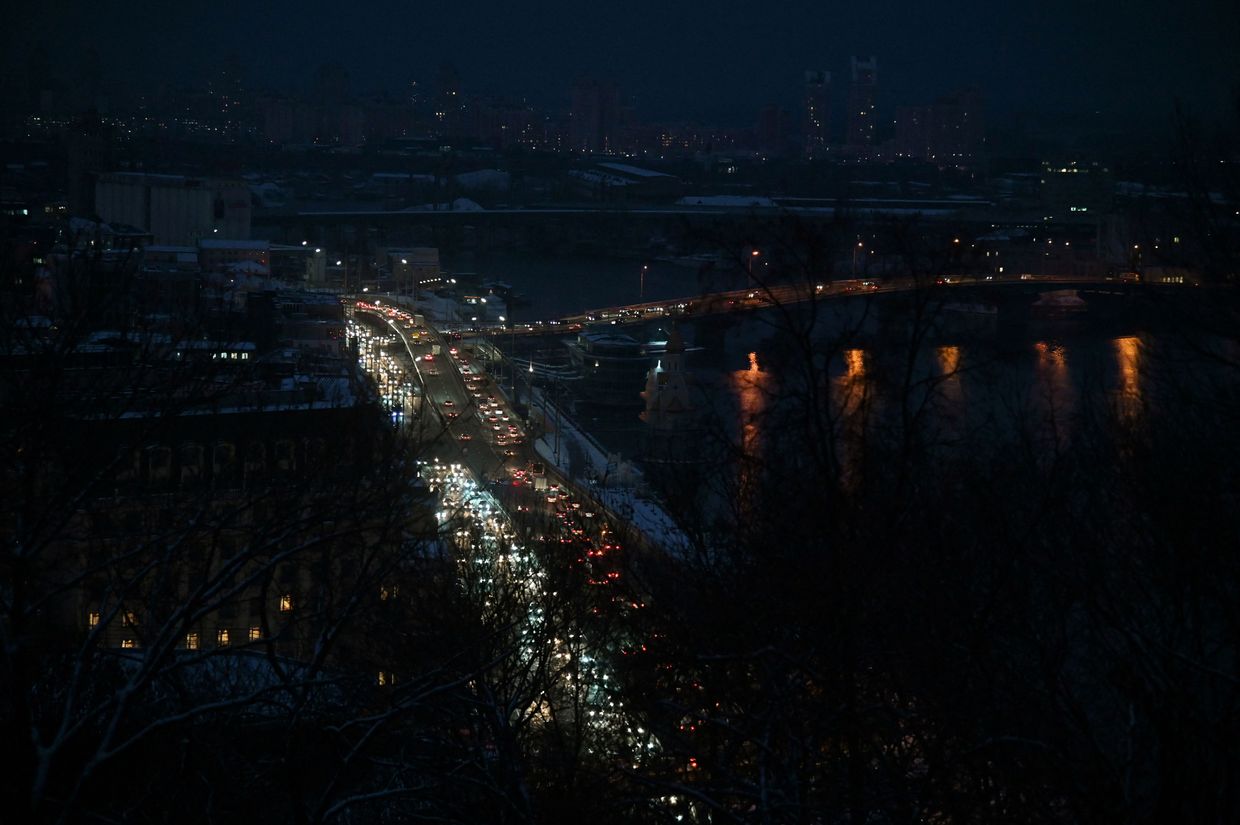
Legal forms that are uncommon for private companies, such as the “state unitary enterprise," are not in line with the OECD Guidelines on Corporate Governance of SOEs.
Note that on Jan. 12, 2023, Draft Law No. 6013 was adopted in the first reading. In particular, the bill aims to facilitate the conversion of state enterprises into standard legal forms, such as joint-stock companies or limited liability companies. The proposed legislation sets a seven-year timeframe for the corporatisation of all state enterprises.
SOE Weekly’s editorial team members Andriy Boytsun and Dmytro Yablonovskyi authored the Privatization and Corporate Governance section of the report “Economic priorities in post-war Ukraine” published by CASE Poland and CASE Ukraine in February 2023.
Boytsun and Yablonovskyi emphasised the need for Ukraine to approve an updated state ownership policy at the parliamentary level, clearly outlining the rationale for state ownership of enterprises. They also argued that it is crucial to complete the triage of SOEs, categorizing them into those to be privatized, liquidated, or owned by the state, based on the updated state ownership policy.
These reforms are now included in the government’s reform plans (see above).
Energy sector
Ukrenergo, Ukrhydroenergo, and Ukrnafta to receive 300 million euros from EBRD to boost Ukraine’s energy security. On June 5, Prime Minister Denys Shmyhal and EBRD President Odile Renaud-Basso signed a memorandum of understanding on an energy security emergency response program.
Under the agreement, the EBRD intends to mobilize additional funding of more than 300 million euros for Ukraine’s energy companies, support the restoration of generation facilities and infrastructure, facilitate the construction of new distributed flexible generation capacity, and ensure stable and uninterrupted electricity supply across the country.
According to the Cabinet, the funds would go to Ukrenergo, Ukrhydroenergo, and Ukrnafta.
Later, Ukrnafta announced that it would use the EBRD’s support to construct shunting power generation facilities: gas-piston and gas-turbine thermal power plants. These would contribute to covering the capacities that suffered from or were lost due to Russian attacks, Ukrnafta’s CEO Serhiy Koretskyi explained.
Ukrenergo added that during the full-scale war, it received almost 670 million euros from the EBRD in the form of loans and grants to restore and protect the high-voltage grid from Russian strikes, maintain liquidity in the electricity market, and modernise and reconstruct substations.
Since 22 March 2024, Ukraine has faced six massive missile and drone strikes on energy facilities. See Issues 124, 125, 127, 129, 131, and 134 for more detail.
After every Russian mass missile attack on Ukraine’s vital infrastructure, emergency outages take place, lasting for days due to the ongoing repair works. During such outages, people in Ukraine are often left without electricity, heating, water supply, or access to mobile phone networks.
Ukrhydroenergo wants $2.5 billion from Russia for the destruction of the Kakhovka HPP. On June 6, a year after the Russian troops blew up the Kakhovka Hydroelectric Power Plant (HPP) across the Dnipro river, Ukrhydroenergo announced that it initiated an investment arbitration procedure with Russia to compensate for the damage caused by the destruction of the HPP.
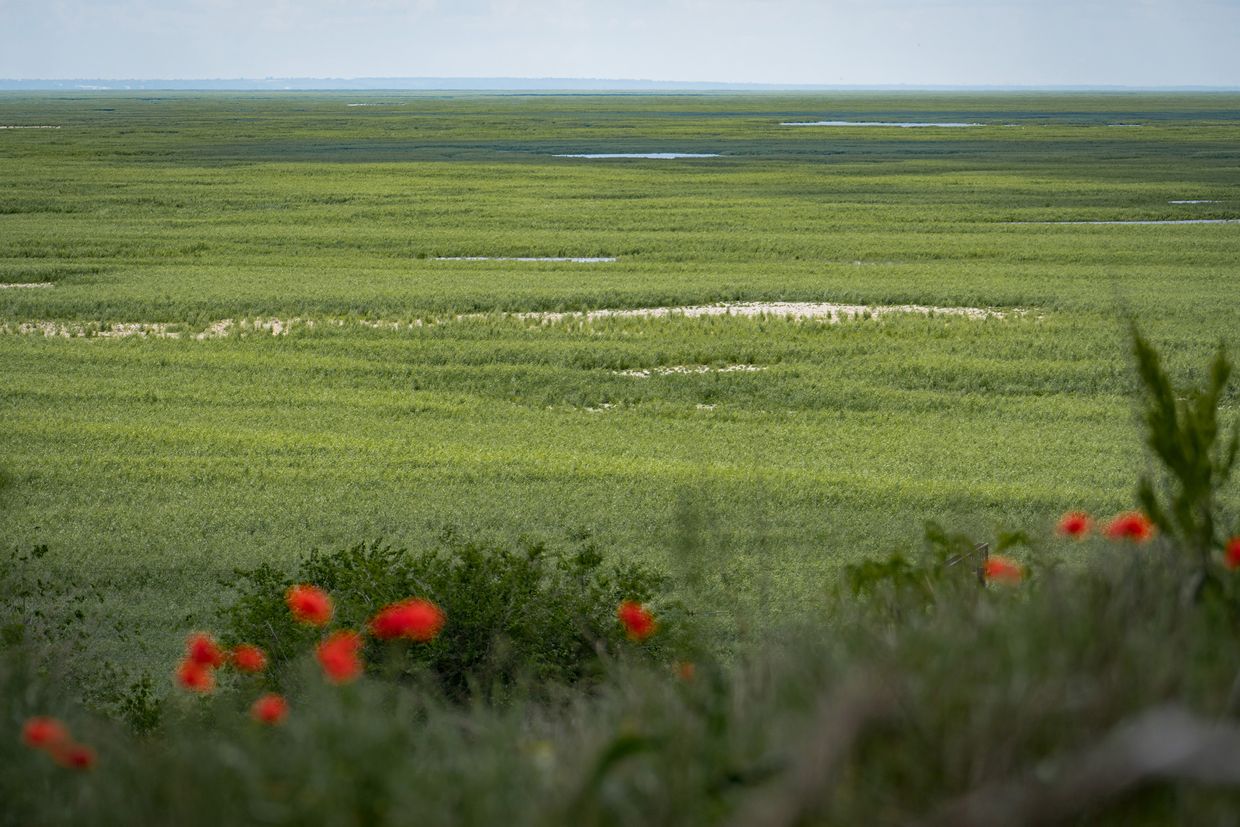
The company believes that recourse to international arbitration is the most promising way to compensate for losses from the destruction of the Kakhovka HPP. Ukrhydroenergo relies on the successful experience of Ukrainian companies in resolving investment disputes after the annexation of Crimea and the international recognition of investment arbitration awards.
Ukraine is invoking the 1998 Agreement on the Promotion and Reciprocal Protection of Investments between the governments of Ukraine and Russia, which is valid until Jan. 27, 2025. Under the rules, Ukrhydroenergo must wait for voluntary reimbursement from Russia for six months before arbitration can proceed.
According to Ukrhydroenergo’s CEO Ihor Syrota, in the autumn of 2022, the company filed a lawsuit with the European Court of Human Rights against Russia to compensate for the damage caused by Russia’s unprovoked military aggression against Ukraine. According to an independent expert assessment, the total amount of the claimed damages caused to the company’s assets, Kakhovka HPP, and the unfinished wind farm on Snake Island, also known as Zmiinyi Island, reached almost Hr 17 billion ($419 million), he said.
“We have also recently notified Russia that we are applying to the International Court of Arbitration and would file a claim for foregone profits and the cost of construction and restoration of the plant. We would demand compensation from the aggressor. The preliminary estimate is about $2.5 billion. This is a lengthy legal procedure, according to which, if Russia does not compensate us for the losses within six months, we would file a lawsuit,” Syrota added.
According to preliminary estimates, the Kakhovka HPP can be rebuilt in 6-7 years. But before that, the territory needs to be liberated, and then Ukrhydroenergo will be able to drain the site of the explosion, conduct a survey, dismantle the destroyed buildings and structures, and start rebuilding the station, Syrota also explained. More than 1.2 billion euros is needed to restore the Kakhovka HPP, he told DW.
On June 6, 2023 Ukrhydroenergo reported that the Kakhovka HPP was destroyed beyond restoration after the Russians set off a massive explosion in the engine room. See our Issue 91 for more detail.
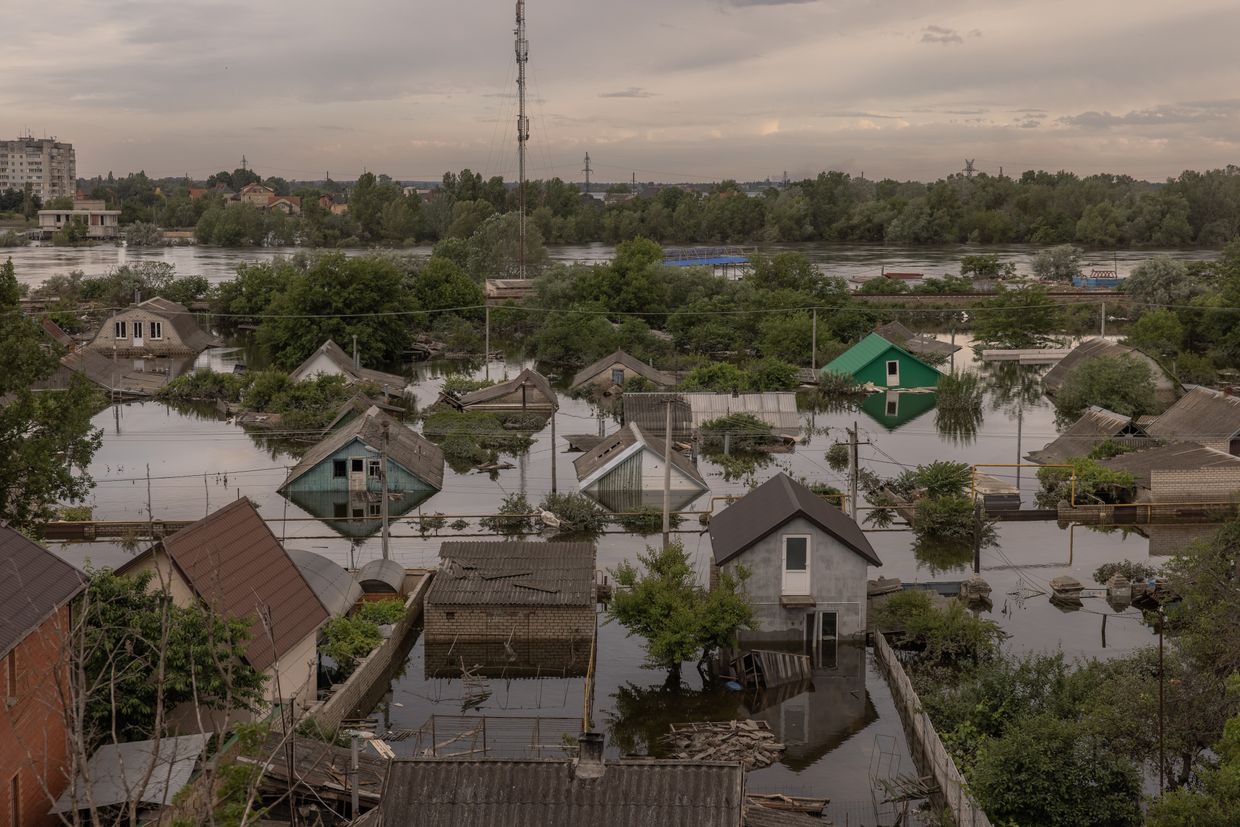
Russian missiles also attacked Ukraine’s largest HPP, the Dnipro HPP in Zaporizhzhia, on March 22. See Issue 124 for more detail.
During yet another missile attack, on March 29, the Kaniv and Dniester HPPs were deliberately targeted by Russian forces. See Issue 125 for more detail.
Naftogaz to supply gas to electricity and heat producers to support Ukraine’s energy system, the company’s press service reported on June 6.
According to Naftogaz’s CEO Oleksiy Chernyshov, the company has the resources to do so. He also pointed out that the debts of large heat and power producers for gas remain a significant problem.
“We are already supplying gas to these companies at the price set by the state. These funds are necessary for the stability of gas supply, so solving the debt problem is also urgent for the stability of the system,” he said.
Chernyshov also added that Naftogaz would continue to supply gas to Kyiv’s energy companies in a stable manner. As of now, Kyiv has paid 100% for the fuel consumed in the 2023/2024 heating season, he said.
Naftogaz also announced that it would transfer a Deutz gas-piston power plant to Kharkiv: It can produce electricity and heat for the city’s needs. This plant was built in 2007, but it was not in operation, the company added.
As we reported in Issue 68, the government ordered Naftogaz to sell gas at a discount to multiple types of consumers, including households, heating companies, certain thermal power plants, non-household consumers from the defence sector, and regional gas distribution companies. Most of the PSOs are linked to the duration of martial law.
As we wrote in Issue 77, Naftogaz estimated its net losses in 2022 at Hr 40 billion ($988 million). Chernyshov then blamed significant receivables that arose due to the state’s use of Naftogaz’s working capital to meet the needs of energy consumers.
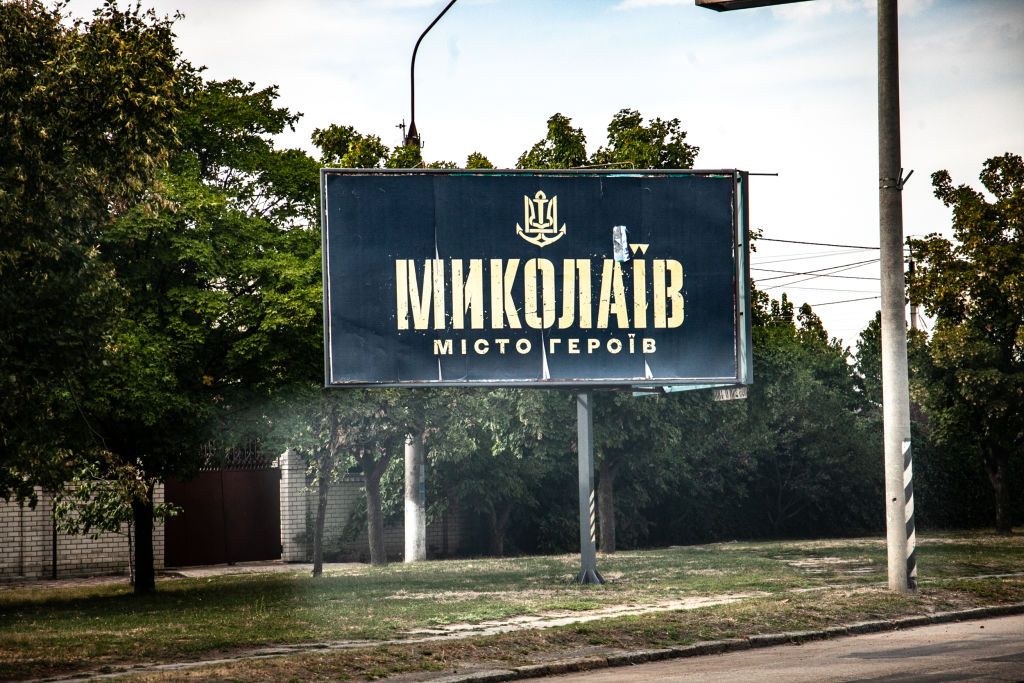
He said that the underlying receivables of the company had three components: the difference in tariffs (Hr 36 billion, or $889 million), the debt of regional gas suppliers and gas distribution companies (Hr 76 billion, or $1.8 billion), and public service obligations (PSOs) for 2022-2023 (Hr 158 billion, or $3.9 billion). See Issue 77 for more detail.
As we wrote in December 2023 Issue 113, Ekonomichna Pravda (EP) wrote that, according to USAID, the total level of unsettled debts in the gas market exceeded Hr 190 billion ($4.7 billion) in early September 2023.
According to the data of the National Energy and Utilities Regulatory Commission (NEURC) seen by EP, the total debt exceeded Hr 200 billion ($4.9 billion) as of 1 October 2023.
“Our goal is to gradually move to economically justified energy tariffs and cancel all PSOs by the fourth quarter of 2025. This should be done in conjunction with the systematic settlement of debts in the gas and district heating markets,” Oleksandr Butenko, deputy minister of Communities, Territories and Infrastructure, then explained. See Issue 113 for more detail.
However, Naftogaz has recently kept the current gas tariff for households unchanged for at least another year. As before, customers can buy a cubic meter of gas for Hr 7.96 (including VAT). The tariff remains valid through April 30, 2025. See Issue 129 for more detail.
Further gas supplies at a reduced tariff will likely result in corresponding losses for Naftogaz, even if heat and power producers pay for gas.
Infrastructure
Ukrzaliznytsia reduces electricity consumption by revising the schedule of suburban electric trains and plans projects to generate electricity, the company’s press office reported on June 7, 2024.
During June 2024, Ukrzaliznytsia will temporarily adjust the timetables of 74 suburban electric trains across Ukraine. The changes should not affect critical trains that transport people to and from work, the company explained.
According to Ukrzaliznytsia, some trains would temporarily stop running, while others would change their frequency or pause servicing some routes. The first timetable adjustments were made on June 7, along parts of the Lviv and Prydniprovska railways. Future changes will affect the Southwestern and Southern railways, the company added.
Ukrzaliznytsia is one of the largest electricity distribution system operators to itself, households, and industry. The company is one of the largest electricity consumers in the country.
The company also plans to generate 250 MW in electricity from projects throughout Ukraine and is looking for sources of funding.
As we reported in Issue 134, Ukrenergo reinstates scheduled power outages for households and industry in all regions.
Ukrainian SOE Weekly is an independent weekly digest based on a compilation of the most important news related to state-owned enterprises (SOEs) and state-owned banks in Ukraine.
The contents of this publication are the sole responsibility of the editorial team of the Ukrainian SOE Weekly.
The SOE Weekly is produced and financed by Andriy Boytsun. Communications support is provided and financed by CFC Big Ideas. The SOE Weekly is not financed or influenced by any external party.
Editorial team: Andriy Boytsun, Oleksiy Pavlysh, Dmytro Yablonovskyi, and Oleksandr Lysenko.
